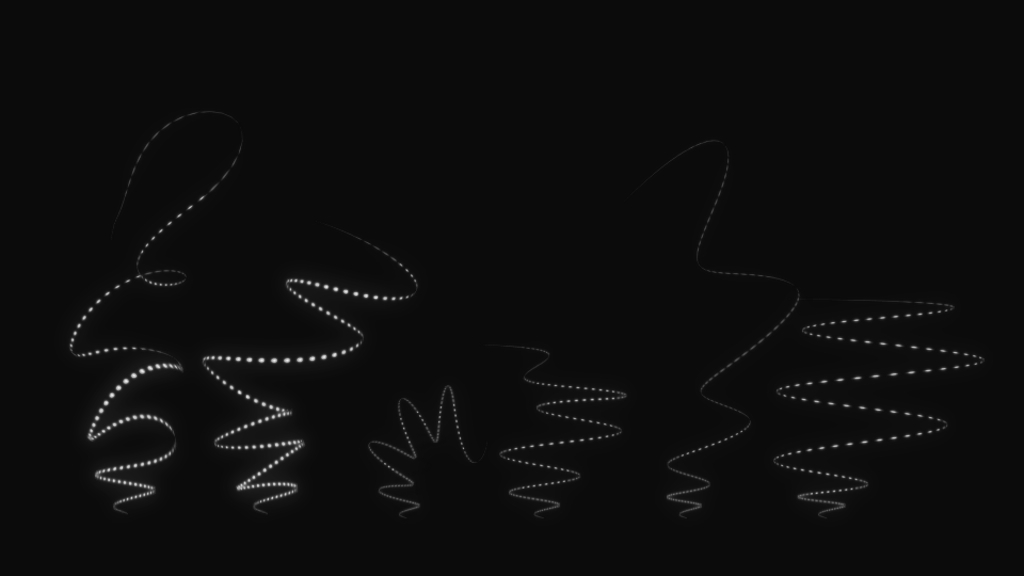Returning from Banggi Island in Malaysia, Dr Paddy Brock came to our studio in December to share the latest work on an emerging zoonotic infection (Plasmodium knowlesi: a malaria parasite that was previously thought only to infect non-human primates) and discuss spillover into humans. We had been developing AfterGlow’s 3D environment, looking at malaria transmission from the mosquito’s perspective. We showed Paddy our stylised representations, of mosquito motion trails and evocative twilight renderings of island landscapes, produced from modified geographical data.
Paddy’s detailing of the scientific unknowns was prodigiously captivating. Relatively little is known about the movement of the mosquito vector that transmits Plasmodium knowlesi, and the macaques, the primary disease reservoir, are even more mysterious, disappearing into the forest that still covers most of the island. We learnt that the malaria parasite undergoes an incubation period during which it develops through life-cycle transitions inside the mosquito, before the mosquito becomes infectious. On average, the period during which a mosquito can infect a host is actually quite short. We found this fascinating and were keen to discuss how these rare and fleeting occurrences could be expressed visually. This has inspired development of our mosquito movement animations to include a period of turbulence.
Following our experiments with automated camera navigation, presenting the experience from the perspective of human vulnerability, and testing a method for rendering tens of thousands of light points in real time, we will now be developing a fictional model of macaque movement. This model considers their locations at blood feeding time, creatively engaging with the blank spaces in scientific understanding.
boredomresearch, January 2015


